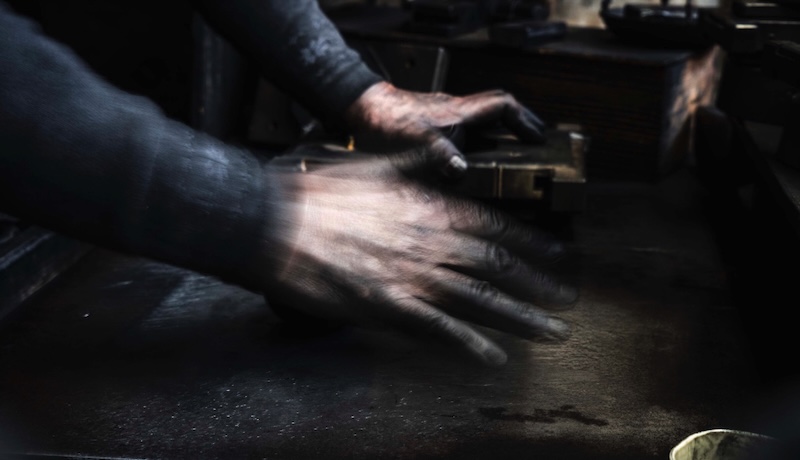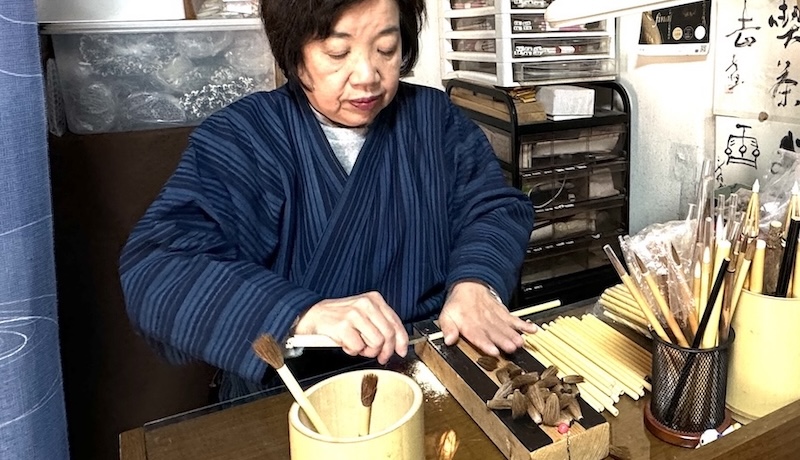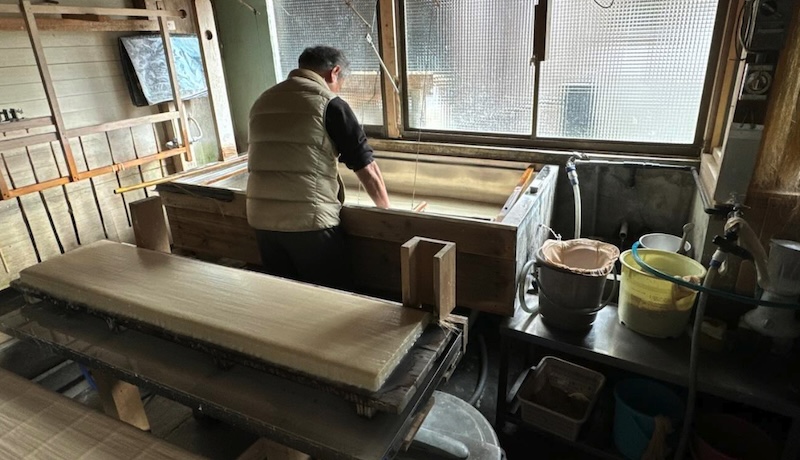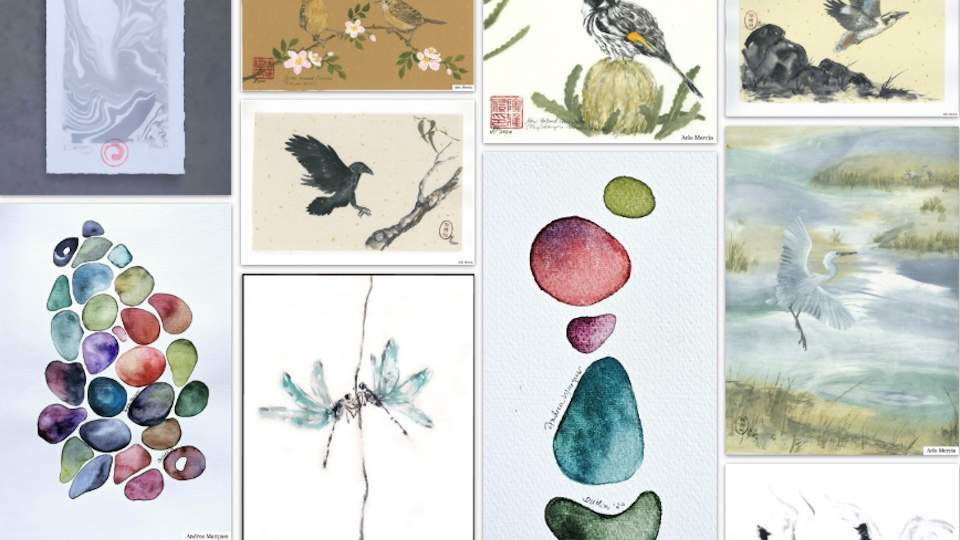“Fude”, ( brush ) was introduced to Japan from the Chinese continent during the Asuka period (538-710 CE) and became widespread among monks and aristocrats.
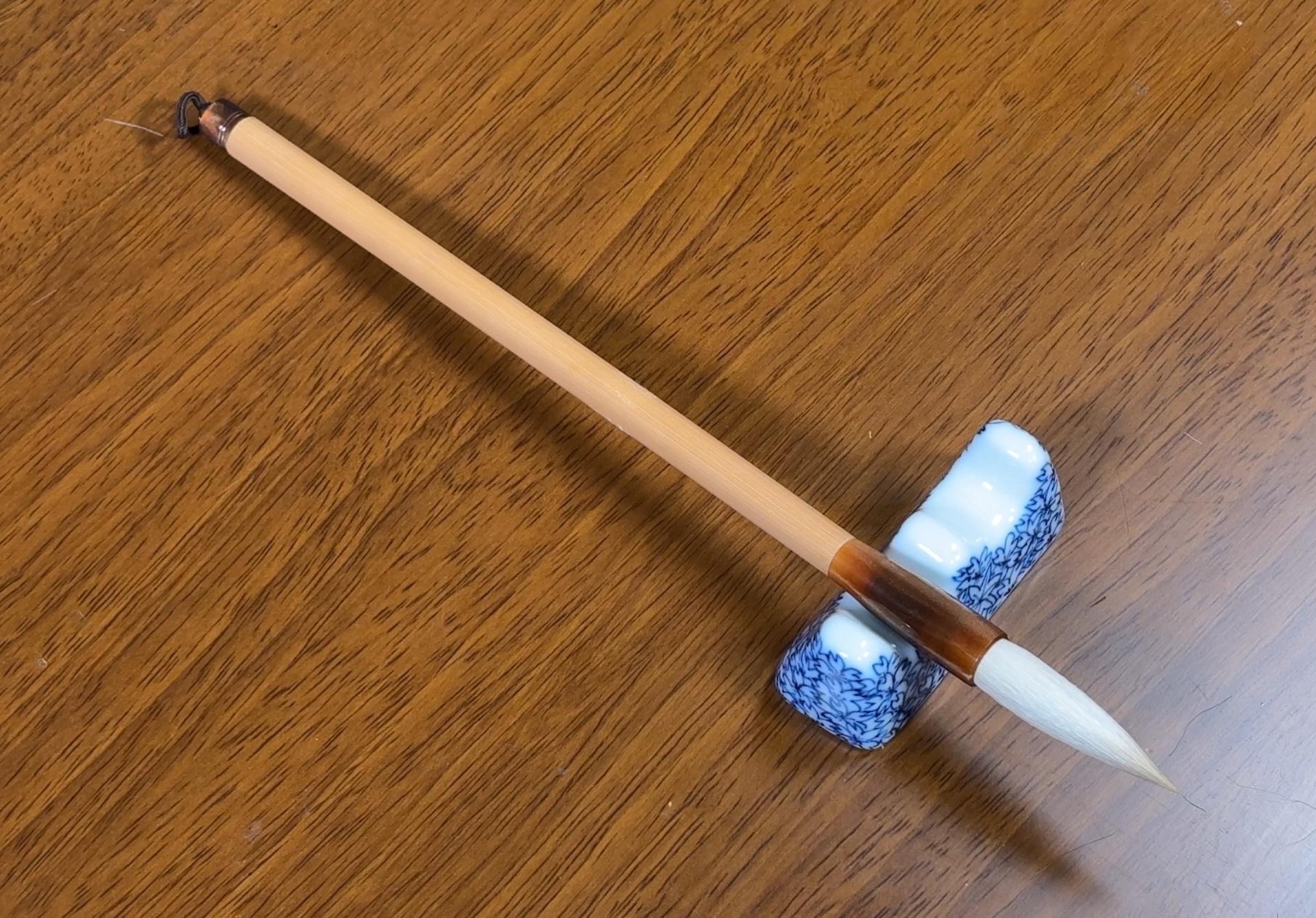
The brush was introduced to Japan in the 4th or 5th century CE by Buddhist monks, merchants, government officials and immigrants from China, along with the written language. In the 6th century CE, the writing brush spread further throughout Japan along with Buddhism.
After the Emperor Gennmei made Nara the capital of Japan in 710 CE and copied the Chinese Tang bureaucratic system and architectural style, the Emperor system used writing and religion to strengthen its power. Inksticks and writing brushes were widely used for recording extensive histories, copying sutras, and drafting laws.
Eventually, during the Heian period (794 – 1185 CE), Kukai (Kobo Daishi), who had traveled to China as an envoy to the T’ang court, introduced the art of making brushes to Yamato Province (present-day Nara), and the art of making Japanese brushes began.
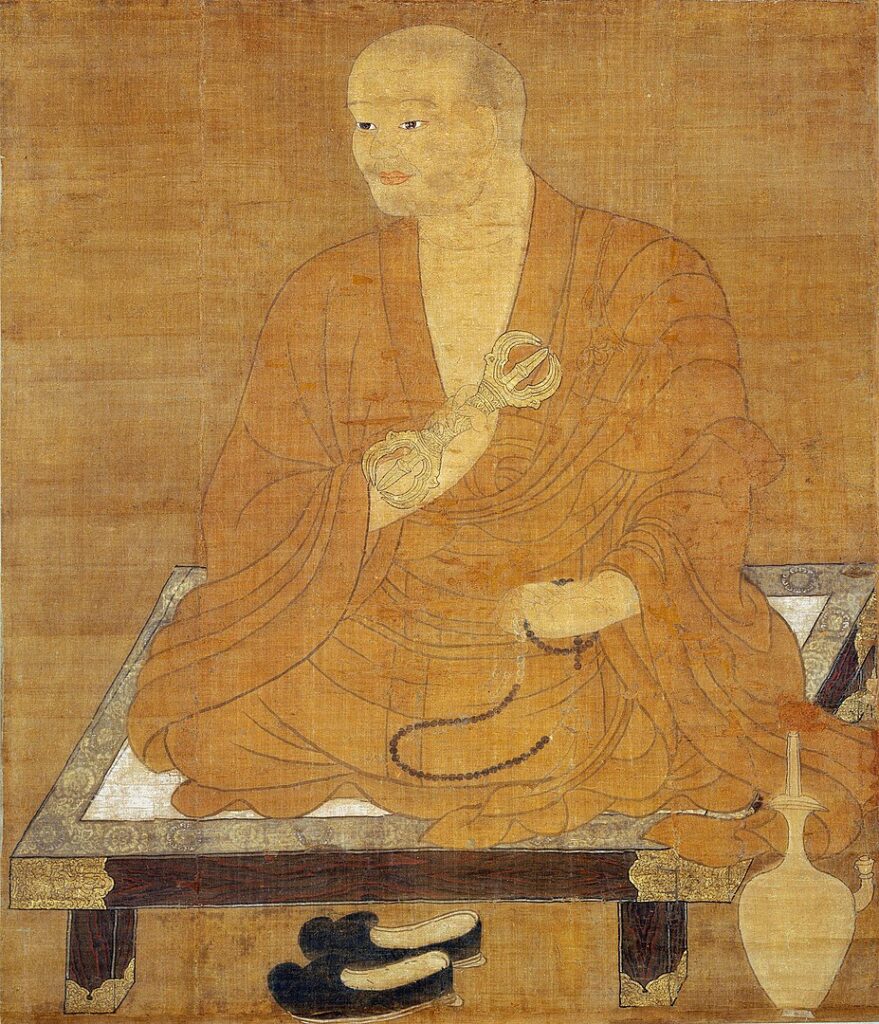
There are brush-making centers in various parts of Japan, such as Kumano-cho in Hiroshima Prefecture, but the craft originally spread from Nara.
In this way, the tradition of Nara’s brushes has a history of 1,200 years.

